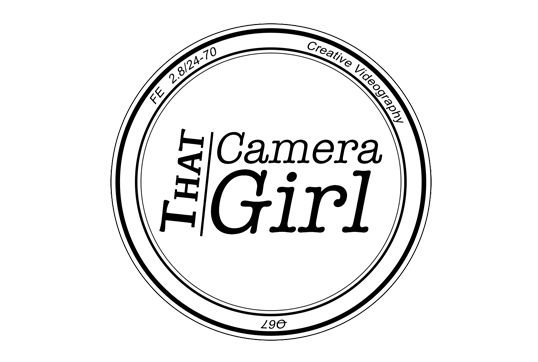So what the heck is ISO?
Today we’re going to look at the last component of the exposure triangle which is ISO, and also talk about how to use the three components in harmony so you can achieve great footage every time.
ISO controls how bright your footage is, and it also affects how grainy your image is. To achieve clearer shots, keep your ISO as low as possible. That’s it. The end.
Okay, but seriously – by keeping your ISO as low as possible, you will achieve a clearer image, more vibrant colours, and a higher dynamic range, which is your camera’s ability to process highlights and shadows.
Most cameras ISO will start at either 100 or 200, depending on the model and lens, and go up from there.
So, what exactly is ISO?
ISO stands for International Standards Organisation… why is that important… it’s not. But for a bit of trivia, The International Organisation for standardisation came up with an industry-standard scale for measuring light sensitivity.
This was originally used in relation to camera film. You buy film based on its speed, or ISO, measured at 200, 400, 1600, etc, which relates to how sensitive each type of film is to light.
When we moved into the age of digital cameras the term ISO was adopted as it kind of mimics the effect of using different speeds of camera film.
Digital cameras have an entirely different system for measuring light sensitivity but we still call this feature ISO as a way of representing what happens to the look of the shot when we adjust this setting.
If you are shooting in a really dark environment it might be necessary to boost your ISO, but the higher you set it, the more grain will be introduced into your image.
This is because ISO is not like its cousins in the exposure triangle. Unlike Shutter Speed and Aperture, it doesn’t actually introduce more light onto the sensor.
You can look at ISO as the camera artificially lifting the brightness of the shot you have captured, which is why keeping it as low as possible will keep your shot clear.
If possible, bring more light into the environment to lift the exposure rather than boost the ISO.
So, what happens when you’re shooting outside and you have your shutter speed fixed at double your frame rate, your f-stop is at the highest setting, and your ISO at it’s lowest… but your shot is still too bright!
This is when you add an ND to your lens to block out more light while retaining all of your correct exposure settings. An ND filter, or neutral density filter, is basically sunglasses for your lens.
You can opt for either fixed stop ND filters which darken your image to a single level, or variable ND filters which allow you to adjust the brightness on the go through a range of stops.
The only problem with variable ND filters is the potential for vignetting on the edges of your shot if you have it stopped down all the way.
However, for on the go shooting in broad daylight, they are a great tool to have in your arsenal because you can adjust the exposure as you need to without having to change filters.
I’ve linked a few options for ND filters here for you to have a look at:
GOBE Variable ND filter: http://thatcameragirl.com/variablendfilter (Amazon)
GOBE ND 1000 (10 stops): http://thatcameragirl.com/gobend1000 (Amazon)
K & F Concept Variable ND filter: http://thatcameragirl.com/kfvariablendfilter (Amazon)
That wraps up our exploration of the exposure triangle. I hope these articles have helped you with the confidence to get off auto and experiment with all these settings for yourself.
Please leave your questions in the comments below so I can answer them for you. Let me know what you’d like to learn next! And I will see you there.
Unitl then, happy creating!
*Some of the links are affiliate links which means I may earn a commission if you click through and make a purchase, at no additional cost to you. As an Amazon Associate I earn from qualifying purchases.
